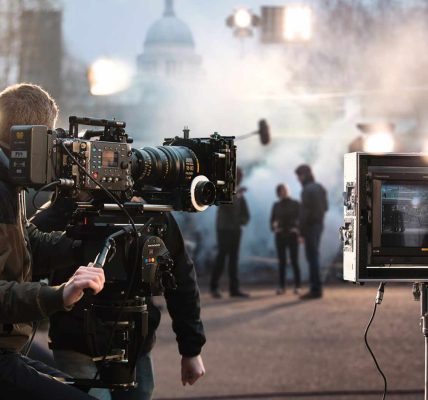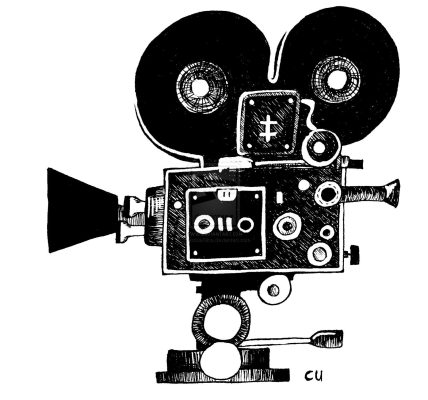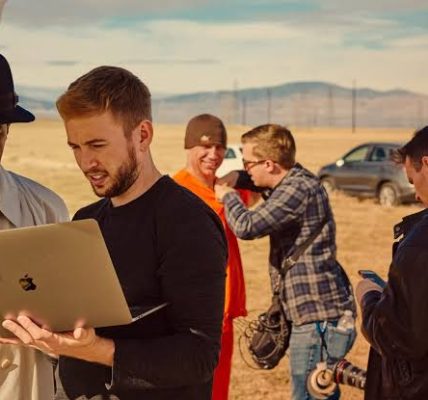In the world of entertainment, the phrase “Lights, Camera, Action!” serves as the quintessential call to begin filming. These three words encapsulate the essence of film production, a complex and multifaceted process that transforms creative ideas into cinematic masterpieces. Whether you’re an aspiring filmmaker or simply curious about the magic behind the silver screen, understanding the fundamentals of film production is essential. In this article, we will delve into the key aspects of this captivating craft, from pre-production planning to post-production finesse.
Pre-Production: The Blueprint of Your Film
Before the cameras start rolling, a film’s success hinges on meticulous pre-production planning. This phase involves conceptualizing the film, developing the script, and assembling the necessary resources. Here are some crucial steps:
- Scriptwriting: The heart of any film lies in its script. A well-crafted screenplay serves as the foundation upon which the entire production is built. It outlines the story, characters, dialogue, and scene descriptions.
- Casting: Selecting the right actors to breathe life into your characters is a pivotal task. Casting directors work closely with the director to find the perfect fit for each role.
- Location Scouting: The choice of locations sets the stage for your film’s narrative. A picturesque backdrop or an authentic setting can enhance the storytelling experience.
- Storyboarding: Visualizing the film through storyboards helps plan camera angles, shot composition, and sequences. This process ensures that everyone on set is on the same page.
Production: Lights, Camera, Action!
Once the pre-production phase is complete, it’s time to roll the cameras and bring your vision to life. Production is the most visible part of filmmaking, involving a flurry of activity and coordination.
- Cinematography: The director of photography (DP) or cinematographer is responsible for capturing the visual essence of the film. They decide on camera angles, framing, and lighting techniques to convey the desired mood and tone.
- Film Crew: A film production is a collaborative effort, with various departments working in tandem. The crew includes not only the director and actors but also cinematographers, gaffers, grips, sound engineers, and more, each with a specific role in achieving the final product.
- Lighting: Proper lighting is fundamental to achieving the desired look and feel of a scene. Techniques such as three-point lighting and natural lighting are used to create mood and atmosphere.
- Sound Recording: Clear and high-quality audio is vital for a film’s success. Sound engineers capture dialogues, ambient sounds, and music, which are later mixed and synchronized in post-production.
Post-Production: The Art of Editing
After the cameras have stopped rolling, the true artistry of filmmaking continues in post-production. This phase involves editing, sound design, visual effects, and more.
- Film Editing: The editor takes the raw footage and assembles it into a coherent narrative. The pacing, timing, and sequence of shots play a critical role in storytelling. Editing also includes color correction and grading to achieve the desired visual style.
- Sound Editing and Mixing: Sound editors and mixers enhance the audio experience by adding effects, music, and ambient sounds. This step is crucial for immersing the audience in the film’s world.
- Visual Effects (VFX): When practical effects aren’t enough, visual effects come into play. VFX artists create fantastical worlds, creatures, and special effects that push the boundaries of imagination.
- Music Composition: Film composers create original scores that complement the mood and emotions of the story. Music adds depth and resonance to the film’s impact.
Conclusion
Film production is a dynamic and collaborative process that melds creativity with technical expertise. From the initial spark of an idea to the final edit, every step is essential in crafting a compelling cinematic experience. Whether you aspire to be a filmmaker or simply appreciate the magic of the silver screen, understanding the fundamentals of film production can deepen your appreciation for the art of storytelling through moving images. So, the next time you hear “Lights, Camera, Action!” on the set of your favorite film, you’ll know that these three words represent the beginning of an incredible journey into the world of cinema.












